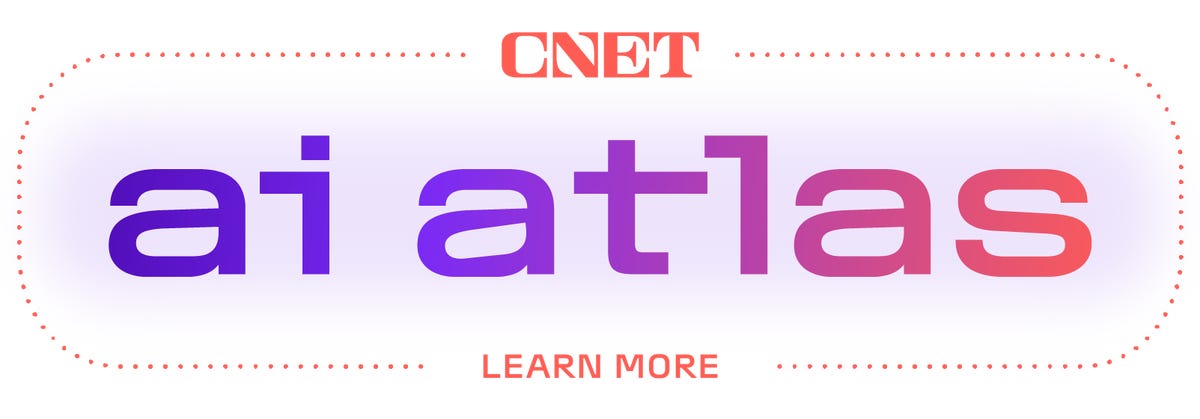Amazon Q Is an AI Tool That Handles Workplace Queries and Writes Code

Today’s Amazon Web Services update is brought to you by the letter Q.
If you work at a company like Accenture, GitLab, GoDaddy, Sun Life, Traeger Grills, Toyota or Wiz, you now have access to a conversational generative AI assistant, a no-code tool to build gen AI apps and developer-specific applications that free up software engineers from more mundane tasks.
It’s called Amazon Q, and it’s another sign the way we work is changing as gen AI tools become digital assistants to help us do our jobs smarter and faster. While research from software company Adobe shows most consumers use generative AI tools like ChatGPT, Gemini and Claude at home (81%), about 30% have used them at work to brainstorm, write first drafts or create presentations. A separate survey from Boston Consulting Group found 70% of respondents are excited about gen AI at work as 60% believe it will help with education and 55% expect to see increased efficiencies.

For more on generative AI tools, along with all the latest AI news, tips and explainers, see CNET’s new AI Atlas guide.
Amazon Q
On Tuesday, AWS announced the availability of Amazon Q Business, a generative AI assistant for business data and software development.
By connecting to company data sources — including documents, systems and applications like wikis, intranets, Gmail, Microsoft Exchange, Salesforce and Slack — employees can ask Amazon Q about policies, product information and business results. Q searches these resources while engaging in a dialog with you. It can then summarize the data and analyze trends.
The goal is to save time.
“We’re able to bring together the data in enterprises and then we’re putting generative AI to work to be able to summarize and to bring forward a bunch of information in that data that people can use to generate reports, generate analysis, collaborate and come up with new ideas,” said Mai-Lan Tomsen Bukovec, vice president of technology at AWS.
For example, workers at software company Smartsheet can interact with Q via Slack. After asking a question, Q searches company data sources to provide an answer right there in the platform, Bukovec said.
To ensure Q is providing accurate information and not hallucinating, AWS relies on its own guardrails, as well as on those from Amazon Bedrock, the managed service that works with AI models from companies like Anthropic and Meta. A spokesperson said Amazon Q Business responses can include source attribution and companies can set their Q application to pull only from company repositories.
Amazon Q Apps
In addition, AWS announced a preview of Amazon Q Apps, which will help employees build their own generative AI apps to perform tasks like create onboarding plans for new employees. To do so, you will simply have to describe the kind of app you want and Q Apps will generate an app that does just that.
This means employees who don’t know how to code can still create apps to automate daily tasks. Or, as Bukovec put it, “That’s a no-code, low-code way to go and create a generative AI application.”
But it also eases the burden on developers.
Amazon Q Developer
Speaking of which, Amazon Q can generate code, as well as test and debug code and implement new code from developer requests.
According to AWS’ figures, developers spend 30% or less of their time on coding, with the remainder “spent performing tedious and repetitive tasks.”
“A developer does a lot more than write code,” Bukovec said. “They do research. They do prototypes. They generate the code, they upgrade applications. They do all kinds of different tasks within the developer lifecycle.”
In addition to coding, Q offers tailored gen AI capabilities, such as near real-time coding recommendations, as well as a customization capability, which generates potential code based on input from customers’ internal code bases.
To further free up developer time, Q offers developer agents, which generate step-by-step plans for tasks like implementing features, refactoring code and performing software upgrades.
For example, developers can ask Amazon Q to implement a feature — like creating an “add to favorites” icon in a social sharing app — and the agent will generate a multistep plan. Developers work with the agent to review and amend the plan as necessary. Once it has the green light, the agent can autonomously implement said plan.
“From a developer perspective, it’s giving many, many hours back to go and build the unique capabilities, that creative use of engineering that so many developers want to do,” Bukovec said.
Editors’ note: CNET used an AI engine to help create several dozen stories, which are labeled accordingly. The note you’re reading is attached to articles that deal substantively with the topic of AI but are created entirely by our expert editors and writers. For more, see our AI policy.



